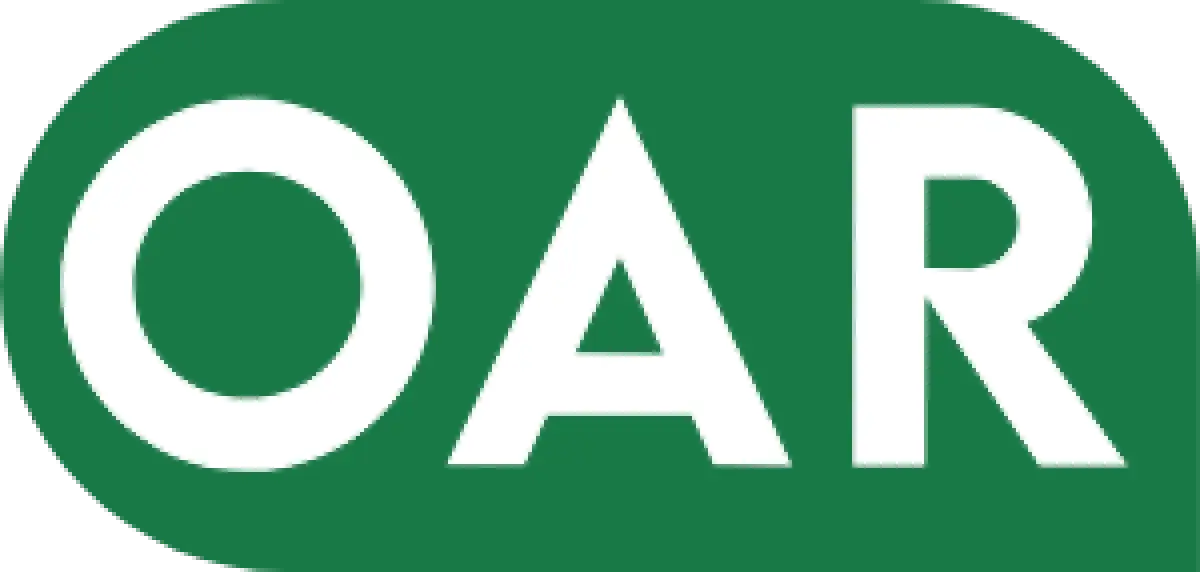What is the Ageing of Accounts Receivable?
Apr 18, 2024

It reveals payment patterns, liquidity risks, and areas for credit management enhancement.
In this guide, we delve into accounts receivable ageing, exploring its nuances and implications, and empowering businesses with essential financial insights.
Key Highlights
- The accounts receivable ageing offers crucial insights into payment patterns, credit risk, and overall financial health, guiding businesses in making informed decisions.
- By categorising outstanding invoices based on their age, companies can identify delinquent accounts and streamline collections efforts, ensuring timely payments and maintaining healthy cash flow.
- Utilising accounts receivable ageing reports enables proactive risk management, allowing businesses to anticipate potential bad debts, address credit risks, and safeguard financial stability.
Accounts Receivable Ageing Explained
Accounts receivable ageing is a fundamental aspect of financial management, crucial for businesses across industries. This process entails classifying unpaid invoices according to age to assess how well credit and collection procedures perform.
By analysing accounts receivable ageing, businesses obtain insights into cash flow patterns, track payment trends, recognise liquidity risks, and determine priorities for collections activities. It helps identify delinquent accounts, prompting timely action to reduce credit risk.
Segmenting invoices into different age brackets allows companies to tailor their collection strategies accordingly. Accounts receivable ageing acts as a gauge of payment behaviour, aiding creditworthiness evaluation and the establishment of suitable credit terms.
Overall, accounts receivable ageing is essential for businesses seeking to optimise their cash flow and credit management strategies.
Why Is Tracking Accounts Receivable Ageing Important?
It is crucial to gain a clear overview of outstanding invoices, identify overdue payments, and ensure timely collections to maintain a healthy cash flow.
Tracking accounts receivable ageing aids in spotting trends in customer payment behaviour and identifying delinquent accounts to mitigate credit risk. Timely tracking ensures transparency in payment processes and enables businesses to adjust credit management strategies based on real-time data.
Reach Out to Our AR Team to Maintain a Healthy Cash Flow
How is the Aging of Accounts Receivable Calculated?
The ageing of accounts receivable is calculated by categorising outstanding invoices based on their age. Typically, invoices are grouped into different time brackets, such as 30 days, 60 days, and 90 days past due. Each bracket represents the number of days an invoice has been outstanding from its due date. The total amount of outstanding invoices is then calculated for each time bracket.
This calculation provides a breakdown of the amounts owed and the length of time they have been outstanding. The ageing of accounts receivable is usually tabular, showing the amounts owed in each time bracket. It allows them to identify which invoices are overdue and take appropriate actions to collect payment.
Aged Receivables Report
The aged receivables report offers a detailed breakdown of outstanding invoices, categorised by age into brackets like 30, 60, and 90 days past due, reflecting the time since their due date. It provides the total amounts owed in each bracket, offering a comprehensive overview of the company's receivables. Below is a sample of an accounts receivable ageing report.
|
Current |
1-30 days | 31-60 days | 61-90 days | Over 90 days |
Total |
|
|
Company A |
$300 | $500 | $0 | $0 | $0 | $800 |
|
Company B |
$0 | $600 | $200 | $0 | $0 |
$800 |
|
Company C |
$0 | $0 | $2,000 | $6,000 | $3,500 |
$11,500 |
| Total | $300 | $1,100 | $2,200 | $6,000 | $3,500 |
$13,100 |
Typically presented in a tabular format, the report is a valuable tool for financial analysis and decision-making.
How Aged Receivables Reports are Used
Here are some ways company management can utilise an accounts receivable ageing report:
- Management can utilise accounts receivable ageing to gauge the efficiency of the company’s collections function. If the report displays numerous aged receivables, it indicates weak collection practices. Some customers delay payment until receiving the second or third reminder, causing prolonged settlement periods. To address this, the company should promptly follow up on overdue invoices and reevaluate collection practices for efficiency. The report guides management in tweaking customer credit periods and encouraging timely payments through cash discounts.
- The ageing report reveals customers posing credit risks to the company, particularly if they have older outstanding balances, increasing the risk of non-payment.
If certain customers consistently lag in payments, the company might reassess its billing policy or cease business with chronic late payers. Businesses may also benchmark credit risk against industry standards to assess acceptable risk levels.
- Management harnesses the power of the ageing report to anticipate potential bad debts within the reporting period. They gain insight into future financial risks by scrutinizing the percentage of invoice dollar amounts that typically transform into bad debt over time.
This predictive analysis allows for proactive measures to be taken to safeguard the company's financial stability and ensure smoother operations.
Contact Our Accounts Receivable Experts Today
Accounts Receivable Ageing Report Issues
Accounts receivable ageing reports may contain inaccuracies due to data entry errors, system glitches, or outdated information, compromising their reliability. Delays in updating payment statuses or reconciling discrepancies with bank statements can also impact the report's accuracy.
Accounts receivable ageing reports might miss unrecorded transactions, distorting the financial picture. Inconsistencies in invoice categorisation or ageing criteria can mislead interpretations. Unclear documentation practices hinder accuracy. A lack of regular review perpetuates errors. External factors like changes in customer payment behaviour affect accuracy, too.
 Author: Giles Goodman, Commercial Intervention Officer OAR
Author: Giles Goodman, Commercial Intervention Officer OAR
Giles Goodman is the definitive expert in cross-border commercial debt collection, mediation, legal recovery, and accounts receivable. Based in London, his 25 years of experience provide a global perspective on preventing defaults and efficiently managing overdue accounts. Giles’s insights and analyses empower business owners worldwide with strategic approaches to financial management and recovery.

Take control of your cash flow.
Streamline Vendor Onboarding & Boost Payments Worldwide.
Contact Us
OAR | Copyright 2025


